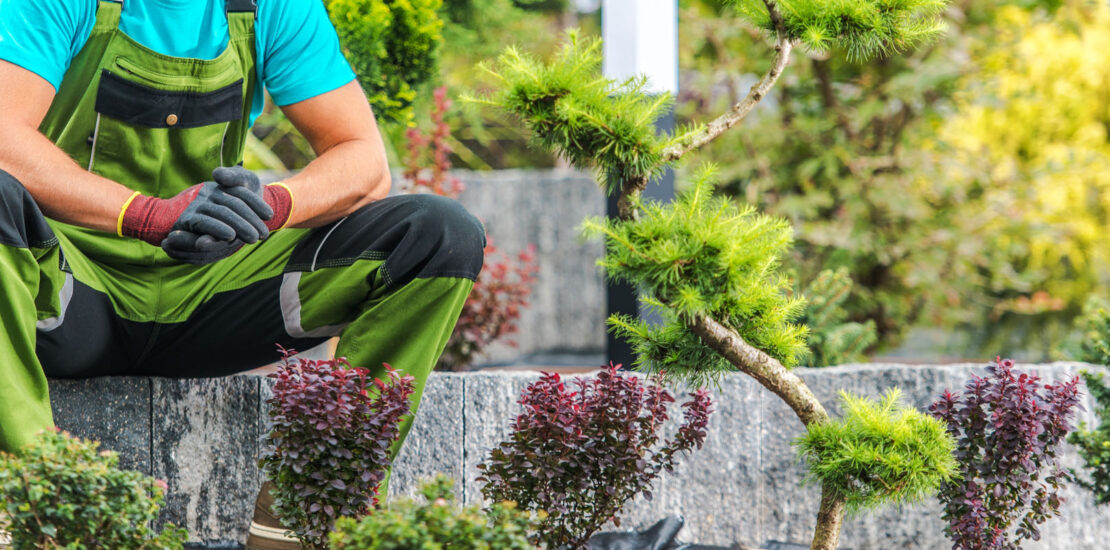- February 9, 2024
- Posted by: Avinash Kabra
- Category: Uncategorized
No Comments

As the days lengthen and winter’s chill fades, a wave of excitement washes over gardeners and homeowners alike. Spring is here, bursting with potential to transform your yard into a vibrant and welcoming space. But, before you dive headfirst into planting and decorating, checkout this spring landscaping checklist.
Clean Up and Assess
- Debris Removal: Rake away fallen leaves, twigs, and any other winter debris that has accumulated. This not only improves aesthetics but also allows sunlight and air to reach the soil, promoting healthy growth.
- Lawn Assessment: Examine your lawn for signs of damage from winter, such as brown patches, compaction, or vole activity. Address these issues before applying fertilizer or seed.
- Inspect Plants: Gently remove dead leaves and stems from perennials and ornamental grasses. Check for signs of disease or pest damage and address them promptly.
Prep and Nourish
- Soil Testing: Consider testing your soil’s pH and nutrient levels to determine fertilizer needs. This helps ensure your plants receive the optimal nutrients for healthy growth.
- Fertilization: Once soil testing is complete, apply fertilizer appropriate for your lawn type and plant needs. Remember, proper timing is crucial – wait until the soil warms up and grass shows consistent growth.
- Mulching: Add a fresh layer of mulch (around 2-3 inches thick) around trees, shrubs, and flower beds. Mulch helps retain moisture, suppress weeds, and regulate soil temperature.
Prune and Plant
- Tree and Shrub Pruning: Prune deciduous trees and shrubs while they are still dormant (before new growth appears). This promotes healthy growth and improves shape. Remember, different species have specific pruning requirements, so research best practices for your individual plants.
- Spring Planting: With the danger of frost mostly gone, it’s time to plant! Choose plants suitable for your climate and sun exposure. Consider incorporating native species to attract pollinators and create a more sustainable landscape.
- Edge and Define: Define your garden beds and walkways with fresh edging materials like stones, bricks, or edging pavers. This creates a clean and polished look to your landscape.
Maintain and Enhance
- Watering: Regularly water your newly planted trees, shrubs, and flowers, especially during dry periods. Established plants generally require less frequent watering, but monitor soil moisture to avoid stress.
- Weed Control: Stay ahead of weeds by pulling them by hand or using organic methods like weed control fabric or corn gluten meal. Early intervention prevents them from stealing valuable resources from your desired plants.
- Composting: Turn kitchen scraps and yard waste into nutrient-rich compost to nourish your plants naturally. Composting also reduces landfill waste and promotes a sustainable gardening practice.
Useful Tips
- Attract Pollinators: Plant a variety of flowering plants throughout the season to attract bees, butterflies, and other beneficial insects that help pollinate your garden.
- Outdoor Living: Set the stage for spring and summer enjoyment by cleaning and prepping your patio furniture, decks, and outdoor entertaining areas.
- Plan for the Future: As you enjoy your blooming spring landscape, take notes on areas that need improvement or additional plantings. This helps you plan for future seasons and create a yard that continues to evolve and impress.
Remember, this is a general spring landscaping checklist and may need adjustments based on your specific climate, plant choices, and individual preferences. With a little planning and effort, you can transform your yard into a vibrant and healthy oasis that welcomes the beauty of spring and sets the stage for a flourishing season.
